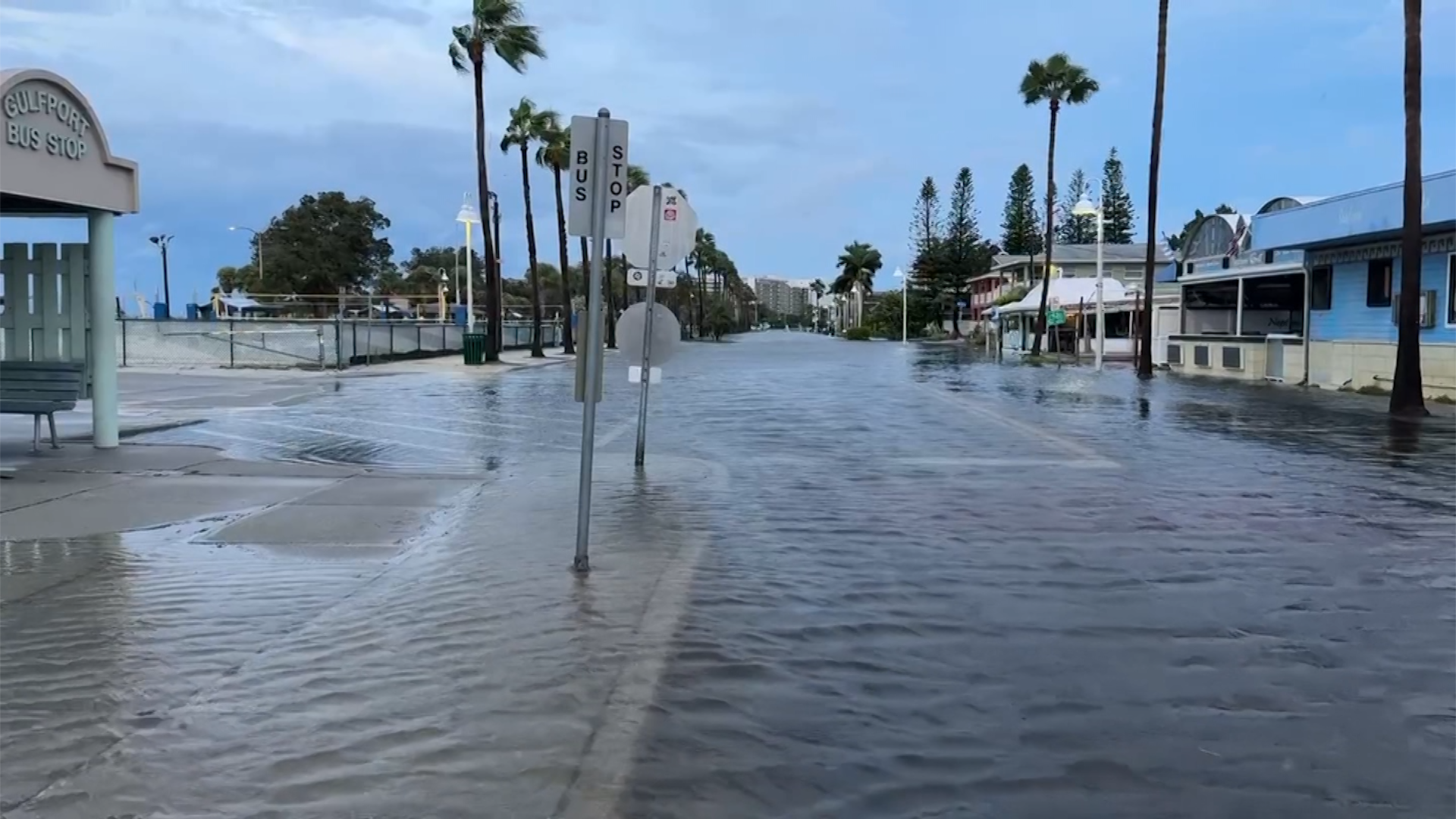Hurricane Helene made landfall in Florida's Big Bend just after 11 p.m. local time on September 26 with winds of about 140 mph. Wind speeds continued to drop on the morning of September 27 as Helene was downgraded to a tropical storm and continued to sweep across Georgia with winds of more than 70 mph.

Despite the rapid weakening, authorities warned that the storm remains dangerous due to heavy rain and flooding. Six US states including Florida, Georgia, North Carolina, South Carolina, Alabama, and Virginia have declared a state of emergency.
Storm surge along some parts of Florida's Big Bend coastline and other parts of Florida's west coast will subside today. Strong gusts will continue to penetrate further inland in parts of Georgia and the Carolinas today, especially in the higher elevations of the southern Appalachians.

Residents in these areas should prepare for the possibility of extended power outages. If you use a generator after the storm, make sure to place it outside at least 20 feet from doors, windows, and garages to avoid fatal carbon monoxide poisoning.
Catastrophic and life-threatening flash flooding and urban flooding, including significant mudslides, are expected in parts of the southern Appalachians through Friday. Catastrophic to locally severe flash flooding and urban flooding are likely in northwest and northern Florida and the Southeast through Friday. Significant river flooding is likely across much of the country, some of which will be record-breaking.

